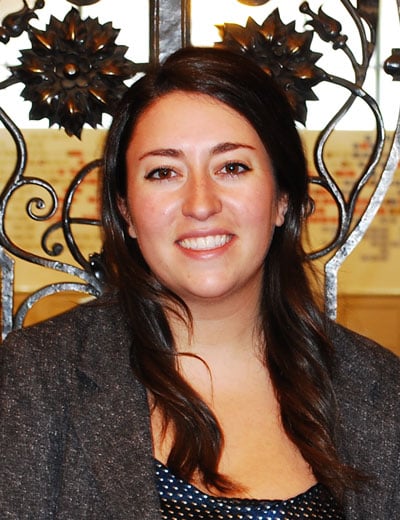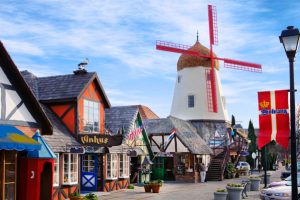Back in 2002 or so, my mother and I took a trip to the small town of Solvang, California. Just north west of Santa Barbara, in the Santa Ynez Valley, this small town of 2.4 square miles is modelled on the traditions and cultural landscape of Denmark.
The land Solvang sits on was originally inhabited by the Chumash tribe. During the Spanish Mission Expansion in the 1770s, Father Estévan Tapis founded the Mission Santa Inés, around which the center of town grew up. After the Mexican War of Independence, ending in 1821, the Secularization Law of 1833 confiscated mission lands and transferred the deeds to the control of local ranchers, which eventually led to the land purchase creating the Danish Colony of Solvang in the Rancho San Carlos de Jonata Mexican Land Grant.
In the 1850s through 1930s, owing to poor economic prospects at home, many Danes left Denmark in search of prosperity abroad. Most of the Danes emigrated to America, settling in the mid-west region of the country. These small communities were often created in accordance with the idea of an influential Danish philosopher, hymn writer, and pastor in the Lutheran Church, Nikolaj Frederik Serevin Grundtvig.
The new settlers were quick to create small businesses, such as a bakery, a creamery, a butcher’s shop, and a bank...
Three Danish immigrants – the Rev. Benefict Nordentoft, Rev. J. M. Gregersen, and Professor P. P. Hornsyld – dreamed of creating a Danish-American colony in sunny California, where they could practice their Lutheran teachings and build Danish-style folk schools. Gathering many other Danish immigrants from their small mid-west communities, on 23 September 1911 they signed the contract to buy the land and settle Solvang. Solvang’s name comes from the Danish word meaning Sunny Field.
The new settlers were quick to create small businesses, such as a bakery, a creamery, a butcher’s shop, and a bank; many set up dairy farms, a popular and traditional Danish occupation. Through the years, the town has built more buildings and façades to reflect popular rural Denmark architectural styles. The town, though housing only a small percentage of Danish descendants today, still reflects the Danish culture and heritage important to the people who settled it a century ago.
You can see replicas of famous statues from Copenhagen depicting the popular children’s story The Little Mermaid, written by Hans Christian Anderson, whose bust (a replica as well) stands close by. Many shops and stores sell or make Danish specialties and gifts that tourists flock to sample and buy each year.
What I remember most from my trip back when I was only 12 years old was sampling the Danish food; gazing up at the large windmill in the center of town, the first one I had ever seen; and the beautifully painted and designed buildings and shops. Like many small towns and villages around the country, Solvang was founded as a community far from home that honored the traditions, culture, and food of the Danes’ home country but helped the settlers assimilate into the American life they had crossed an ocean – and a continent – to pursue.
Share this:

About Mollie Braen
A graduate of the University of Denver, including a semester at the University of Glasgow in Scotland, Mollie majored in Art History and minored in Marketing and History; she plans to continue her education with an MBA in Non-Profit Management. Mollie performs administrative work for Research Services, supporting the researchers in ordering microfilm, managing correspondence with constituents, and organizing research materials. In her free time, Mollie, who recently moved to Boston from Los Angeles, enjoys travelling. With a family home on Lake Sebago in Maine, she often travels there as well as other parts of New England.View all posts by Mollie Braen →
